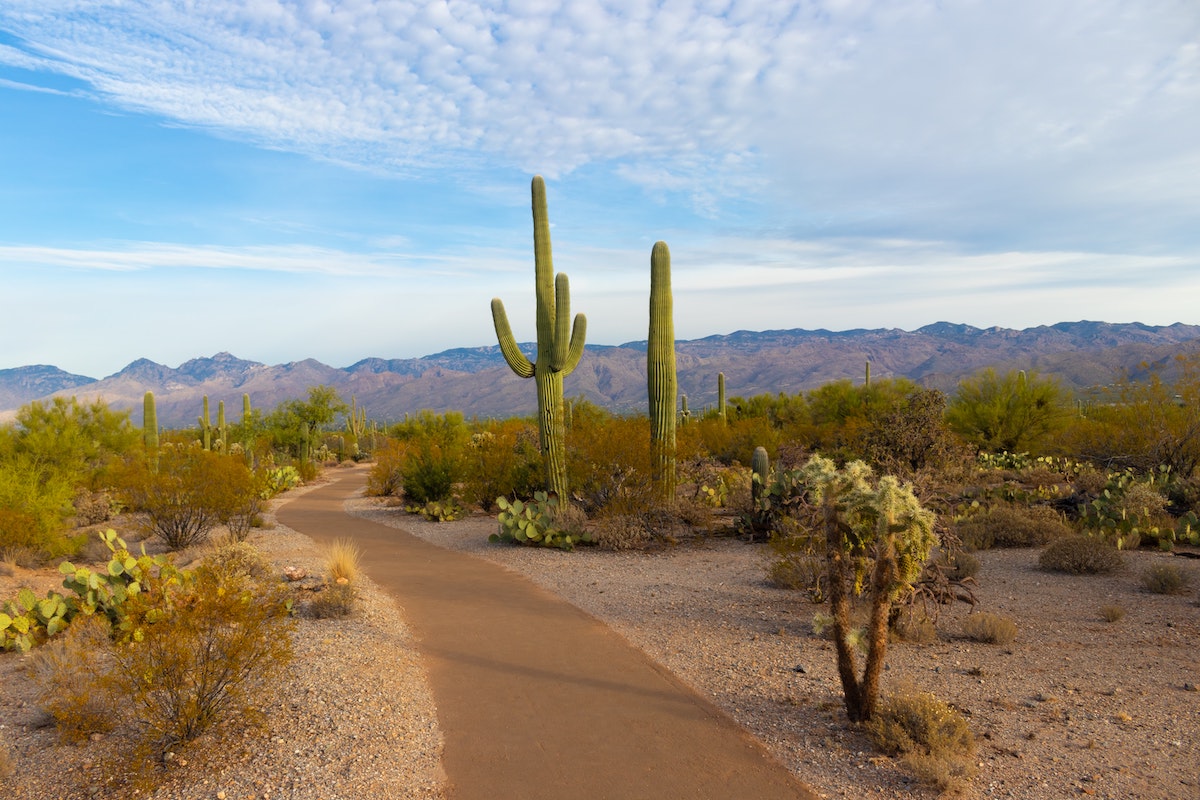The death of legendary broadcast journalist Barbara Walters in December marked the passing of one of the most influential newscasters in television history. Walters shattered the glass ceiling of a male-dominated world and inspired other high-profile women broadcasters who followed in her footsteps. She became famous for her in-depth, prime-time interviews with seemingly all the world’s most influential people: from world leaders as varied as Jimmy Carter and Fidel Castro to celebrities such as Michael Jackson and Princess Diana.
Walters interviewed me, too—way back in 1965, when she was a reporter for the “Today” show. I didn’t realize it at the time, but it was my first exposure to PR and journalism.
Let’s be clear; she didn’t interview me because I was a celebrity. In 1965, I was a 12-year-old kid wrapping up a two-year stay at the Sahuaro School—a boarding school in Tucson, Arizona for children with acute, untreatable asthma. The school was reserved for the “worst of the worst” asthmatic kids from across the country. It literally saved my life. It also introduced me to a kind, generous young journalist who treated an ordinary kid with the same respect and courtesy she eventually would afford presidents and kings.
Here’s how it happened. Mr. Johnson, the Sahuaro School’s PR director, called me into his office one day and told me the “Today Show” was visiting Tucson and wanted to do a segment on the school (something that I realized years later he had secured with a pitch, just like any other good PR person). “Ms. Walters” wanted to interview three residents of the school, and he thought I’d do a good job of representing the Sahuaro School. He asked me if I was willing to do it, and I said “yes” without really thinking about it. I was too young, of course, to realize that this was a big deal.
I don’t remember much about the interview, and I haven’t had any luck over the years trying to get a copy. However, I remember that Walters seemed genuinely interested in my story. She looked me in the eye when she asked questions. She was patient and unhurried. And she listened – just like any good journalist.
A year later, when I had returned home to Wichita Falls, Texas, Johnson wrote and asked me if I would write Ms. Walters a letter to let her know how I was doing. I didn’t realize it at the time, but the school was struggling financially, because they took children regardless of their parents’ ability to pay. Johnson was hoping for a follow-up segment that could help the school, knowing that PR could make a difference.
I dutifully wrote Walters to update her, wondering if she’d even remember me. I started my letter by writing, “I’m not sure if you remember me, but…” And to my surprise, when I received a letter back from her a few weeks later, she started it by saying something that I’ve never forgotten: “Of course I remember you!”
Sadly, that letter is long lost; I’ve looked for it many times, but to no avail. Sahuaro School ultimately closed. Walters went on to become a world-renowned journalist and celebrity in her own right. And I’ve enjoyed a long career as a writer and then a PR professional.
I’ve reflected about my interview many times since Walters’ death. She had a remarkable talent for getting people to open up, and she could always find the real story, the things that matter most.
That’s what PR people are charged with as well. PR is the art of storytelling—discovering the most important stories our clients have to tell and connecting those stories to the audiences that matter most.
As I learned from Barbara Walters, everyone has a story to tell. It’s up to both PR professionals and journalists to listen, treat people with respect and be faithful to their stories. It’s an honorable calling to be a storyteller, one that Walters exemplified as a journalist. And it’s one that I strive to live up to every day as a PR professional.

